10 Fitness Myths Trainers Wish You’d Stop Believing
Spoiler: You don’t need to work out for hours to see results.
Somewhere along the way, fitness got saddled with a whole lot of bad advice. Blame it on old-school gym bros, 1990s magazine covers, TikTok “experts,” or just plain wishful thinking, but there are still way too many myths floating around about how to get fit and stay healthy.
And here’s the thing: not only are these myths annoying, but they’re also holding people back. They make exercise feel harder, scarier, or like it’s only for people who want six-pack abs. They set you up for frustration and burnout when you could be enjoying real, sustainable progress.
Banish The Fad Advice!

Talk to any good trainer, and they’ll tell you—getting in shape isn’t about following fads, punishing yourself, or spending half your life on a treadmill. It’s about smart, consistent habits. Let’s clear the air. Here are 10 fitness myths that trainers everywhere are begging people to finally let go of.
1. You Have to Work Out for Hours Every Day to See Results
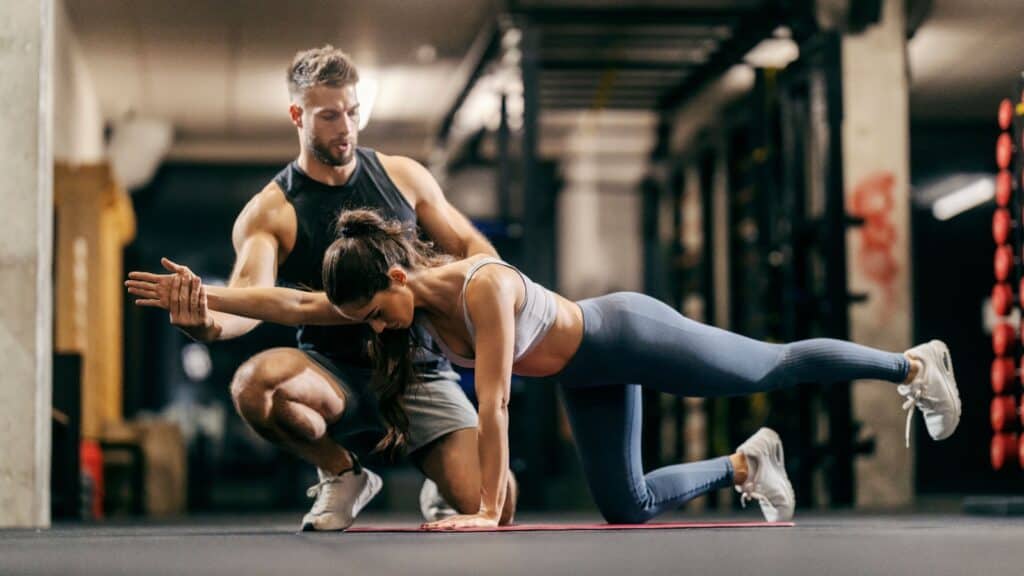
This one refuses to die, but it couldn’t be more wrong. You don’t need marathon gym sessions to get fit.
According to the CDC, just 150 minutes a week (about 20 minutes a day) of moderate activity like brisk walking or cycling can significantly boost your health.
Short, consistent workouts—especially strength training combined with a bit of cardio—can transform your body and health faster than endless slogging.
2. Lifting Weights Will Make You “Bulky”

Still worried that picking up a dumbbell will turn you into the Hulk overnight? Relax. Building serious muscle mass requires extremely targeted training, high-calorie diets, and often years of effort.
For most people, lifting weights tones muscles, builds strength, and improves metabolism. It’s also crucial for bone health, joint support, and injury prevention—especially as you get older.
3. You Can “Spot Reduce” Fat

We all wish we could crunch our way to a flat stomach, but spot reduction is pure fantasy.
Fat loss happens systemically—your body pulls from fat stores all over, based on genetics, hormones, and energy balance.
Strengthening your core is great for stability and strength, but no amount of sit-ups will melt belly fat specifically. For fat loss? It’s all about overall diet, consistent exercise, and patience.
4. Sweating Means You’re Burning More Calories

is your body’s cooling system, not a fat-burning meter.
You can have a killer strength session without dripping sweat, and you can sweat buckets sitting in a sauna without burning many calories at all.
Don’t chase sweat. Chase progress—getting stronger, moving better, and improving your endurance over time.
5. Cardio Is the Best (or Only) Way to Lose Weight
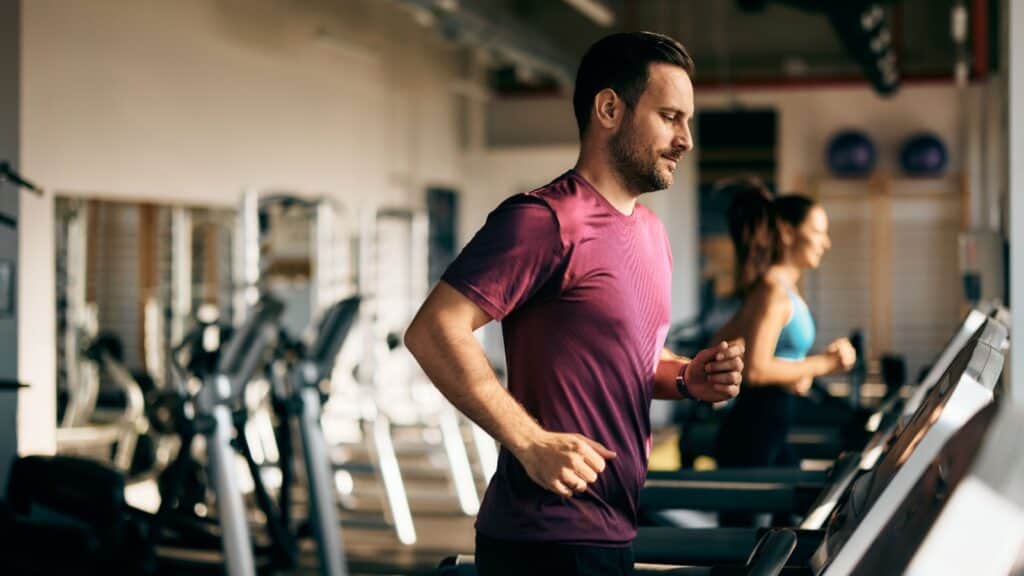
It’s true cardio burns calories—but it’s not the magic bullet people think it is.
Building muscle through strength training increases your resting metabolism, meaning you burn more calories even when you’re just lounging around.
Trainers agree: the best fat-loss approach combines strength training, cardio, and smart nutrition. Neglecting strength work is like leaving money on the table.
6. No Pain, No Gain
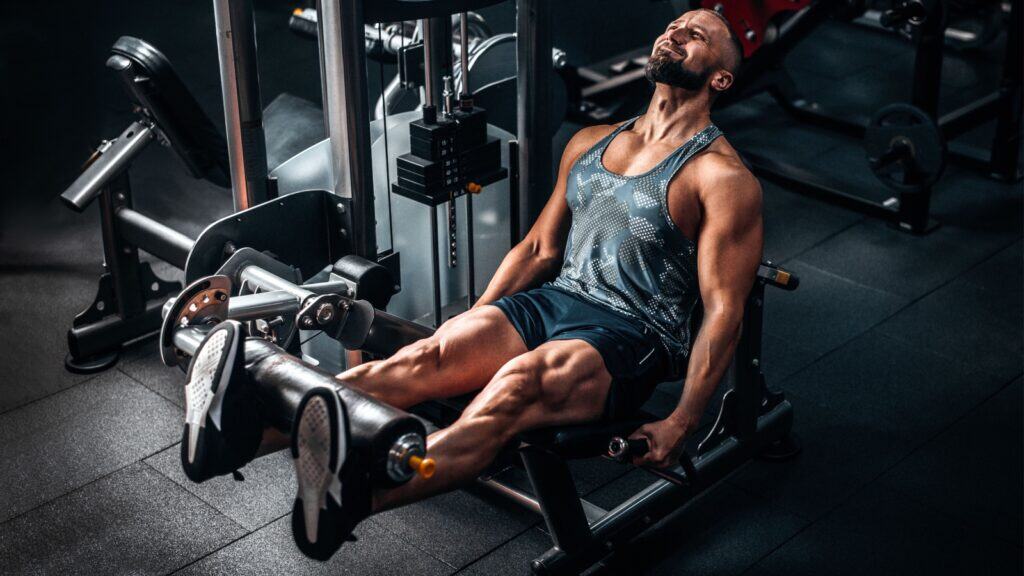
Another dangerous leftover from the ‘80s gym culture.
Discomfort from pushing yourself a little is normal. Sharp pain is not. Pain during exercise is your body telling you something is wrong—whether it’s a bad movement pattern, overtraining, or an injury brewing.
Good workouts challenge you without wrecking you. Progress doesn’t require suffering—it requires consistency.
7. If You’re Not Sore, You Didn’t Work Hard Enough

Post-workout soreness (DOMS—Delayed Onset Muscle Soreness) can happen, especially when you’re trying new movements. But soreness isn’t a reliable sign of a good workout.
You can make major strength and endurance gains without feeling sore at all. In fact, trainers aim for smart progression without constantly chasing soreness, because chronic soreness often leads to overtraining and burnout.
8. You Need Fancy Supplements to Get Fit

Supplements are a massive industry, but the basics don’t require expensive powders or miracle pills.
The average person working toward better fitness needs:
- Quality food (protein, veggies, healthy fats, whole grains)
- Proper hydration
- Enough sleep
- Supplements like protein powder, creatine, or electrolytes can help specific goals, but they’re supplements—not shortcuts. Always food first.
9. Machines Are Safer Than Free Weights
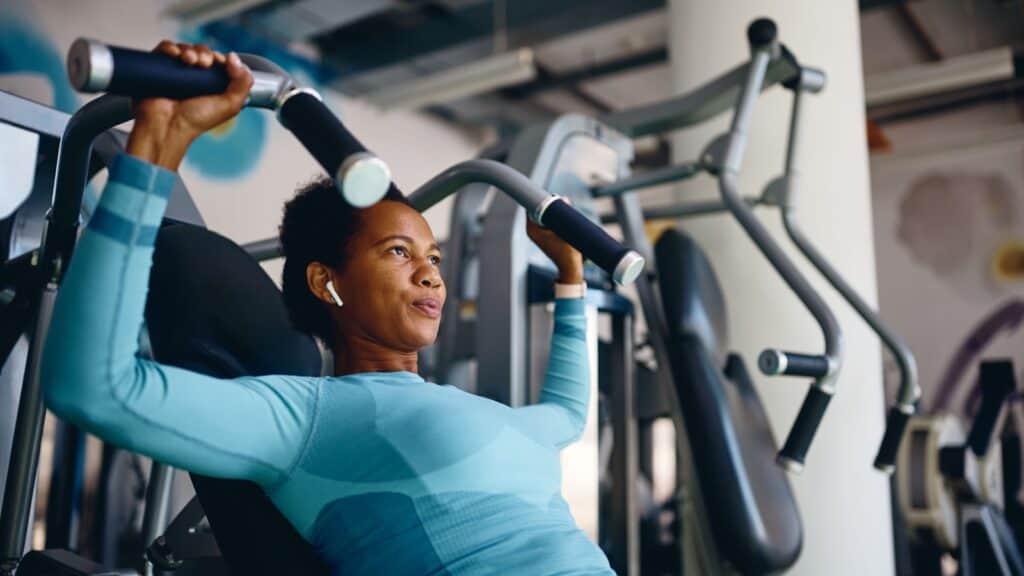
Not necessarily. Machines have their place, especially for rehab or beginners, but they lock you into fixed ranges of motion.
This can sometimes stress joints unnaturally, especially if the machine isn’t properly adjusted for your body size.
Free weights, when coached properly, build real-world strength, coordination, balance, and injury resilience. Learning good form matters more than the tool you’re using.
10. You Have to Be “Fit” Before You Start Training
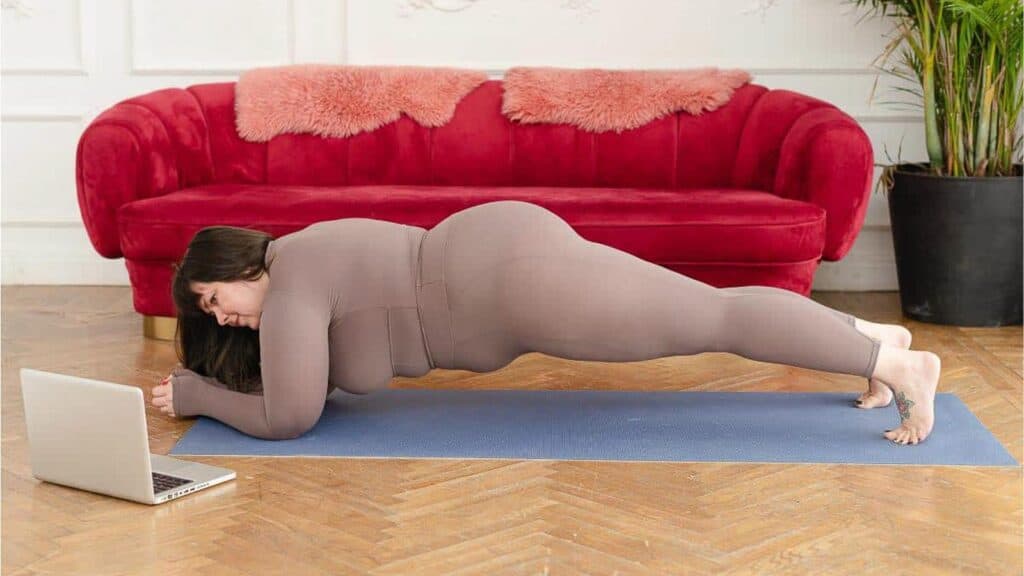
This is one of the most heartbreaking myths, and trainers hear it all the time: “I need to get in shape first before I join a gym.”
You don’t need to “earn” the right to start. You don’t need to look a certain way. Fitness is for everybody, at every level, on every timeline.
Walking into a gym, hiring a trainer, starting a home workout—it’s all for you. No prerequisites. No judgment from the people who matter.
Fitness Should Work for You, Not Against You
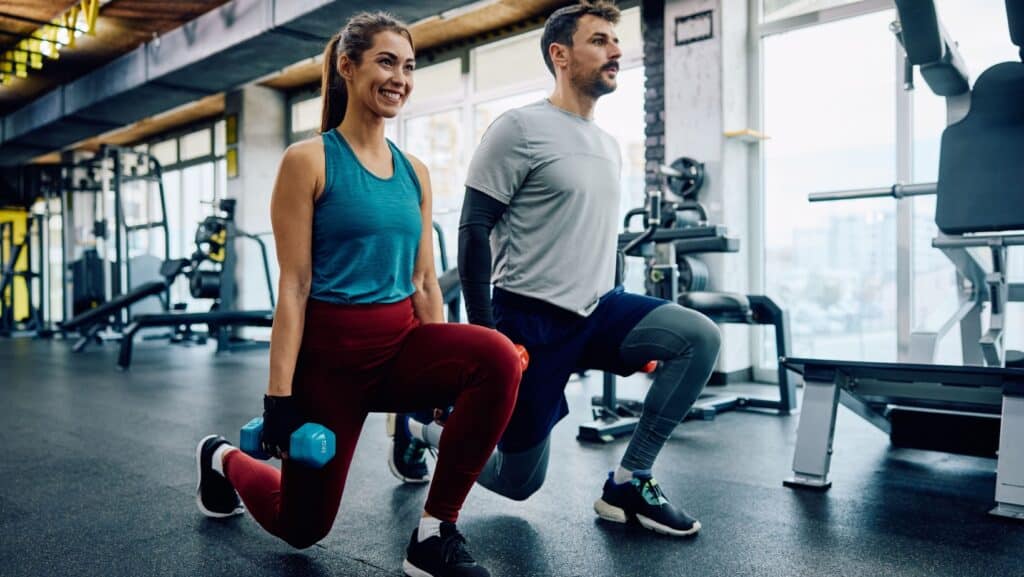
Here’s the real secret trainers know: Fitness isn’t about punishment, perfection, or chasing trends. It’s about building a body that lets you live the life you want—whether that’s hiking with your dog, keeping up with your kids, or simply feeling better when you get out of bed in the morning.
The myths we’ve all absorbed over the years make it harder than it needs to be. But once you let them go, something amazing happens: you realize fitness can fit into your life, not take it over.
You don’t need hours. You don’t need gimmicks. You don’t need to be anything other than exactly who you are today—willing to start, willing to learn, and willing to keep showing up.
That’s where the real results live—and honestly, they’re closer than you think.
Staying Active After 50: Smart Sports Choices for Later in Life

Back in the late 70s, when I was in my late teens, I used to roller skate. Not incidentally. I taught, I performed, I was sometimes on my skates 14 hours a day. I was good at it. Then after not skating for over 40 years, I decided to get back on my skates. I was excited at the idea, a bit anxious, and knew I needed to be safe.
I took it slowly, and even on day two of being back at the roller rink, some muscle memory came back, but there was much less flexibility and stamina. It got me thinking about other seniors who might want to get back to a sport, or to start a new one. Let’s look at how to do it right. (PS: roller skating is not one of the sports suggested for seniors).
READ: Staying Active After 50: Smart Sports Choices for Later in Life
New to Fitness? Here’s How to Start Your Journey Without Feeling Overwhelmed!

Starting on a fitness journey can be intimidating, especially if you’ve never worked out before – or have had a long break away from the gym. The thought of stepping into a gym or even starting an exercise routine at home might seem overwhelming, but it doesn’t have to be. With the right mindset, a solid plan, and a focus on gradual progress, anyone can begin working out and build a healthier, more active lifestyle.
READ: New to Fitness? Here’s How to Start Your Journey Without Feeling Overwhelmed!
3 Simple Somatic Movements You Can Do To Calm Your Nervous System

Daily life can be unnerving. And it’s easy to go from calm to anxious or nervous in a flash. What’s harder is to go from anxious or nervous to calm.These simple movements that I am going to share here have been found to successfully move an individual from a state of anxious nervousness to a state of calm. Read: 3 Simple Somatic Movements You Can Do To Calm Your Nervous System
Join Us
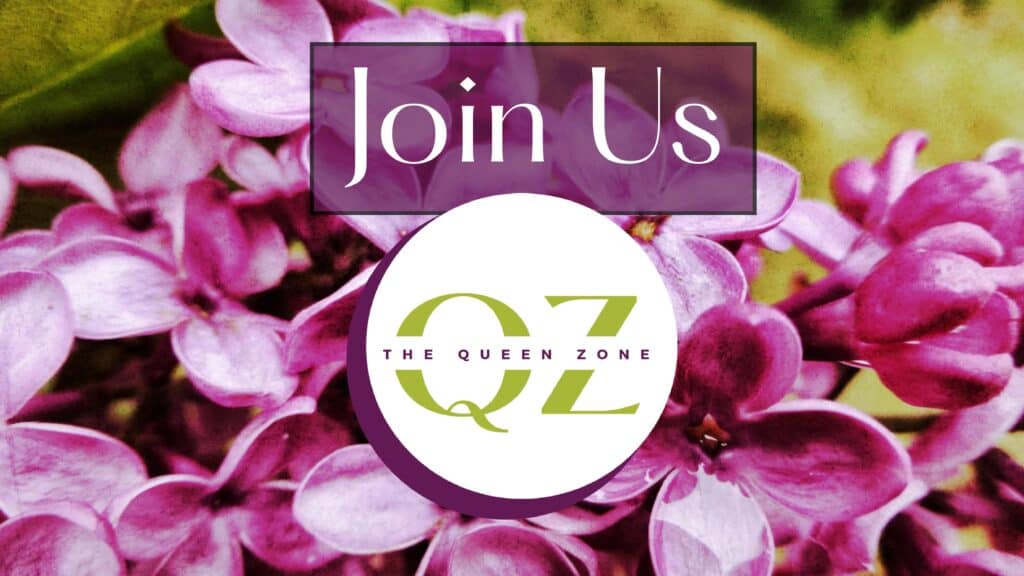
Join us on this empowering journey as we explore, celebrate, and elevate “her story.” The Queen Zone is not just a platform; it’s a community where women from all walks of life can come together, share their experiences, and inspire one another. Welcome to a space where the female experience takes center stage. Sign up for our newsletter so you don’t miss a thing, Queen!







